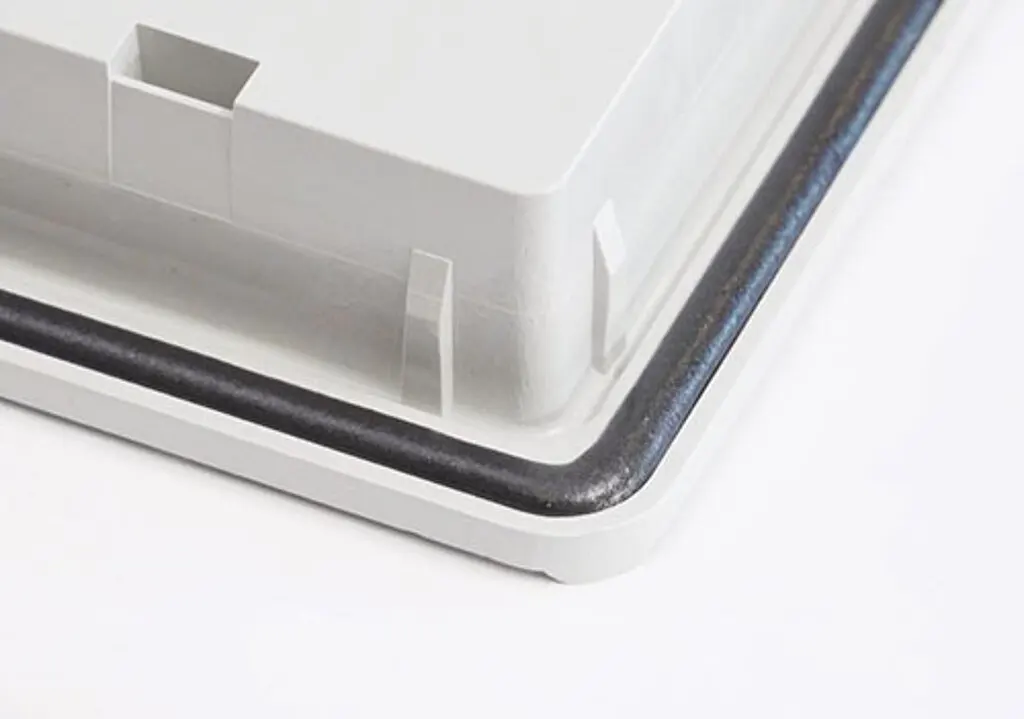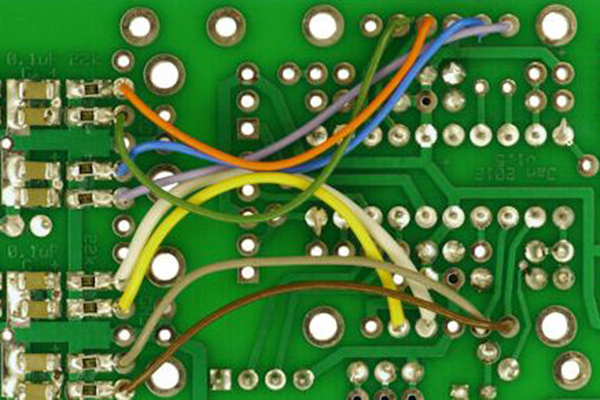It can be denied that designers and engineers are challenged every day to improve designs and manufacturing processes. There are plenty of options for joining like materials – whether plastic-to-plastic or metal-to-metal- but the selections for adhesive joining plastic to metal are more limited.

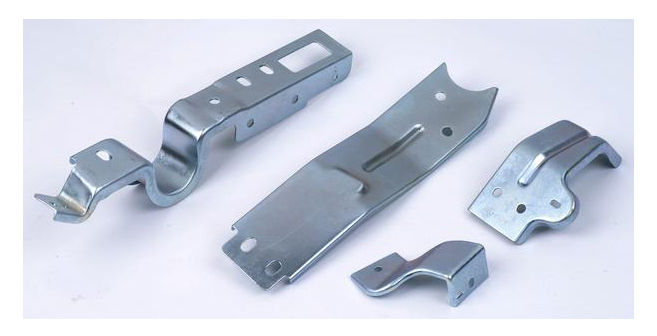
The specific substrates, as well as the surface condition of the substrates, the types of stresses on the bond, and the environment the bond must withstand help in selecting the best adhesive for bonding plastic to metal application.
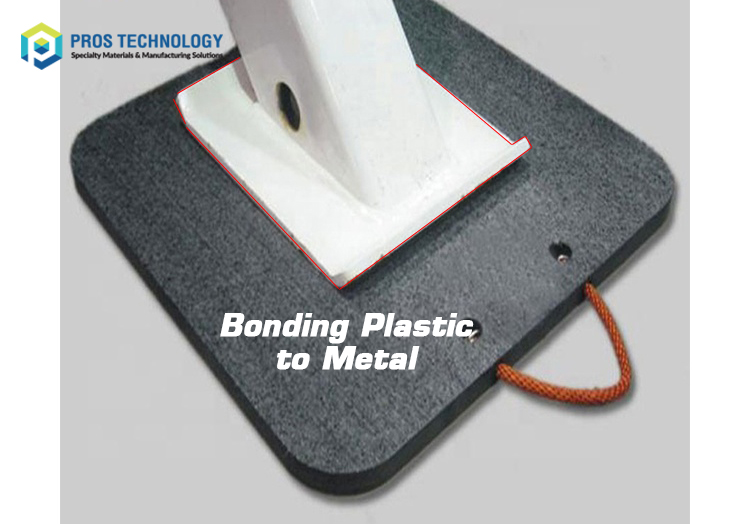
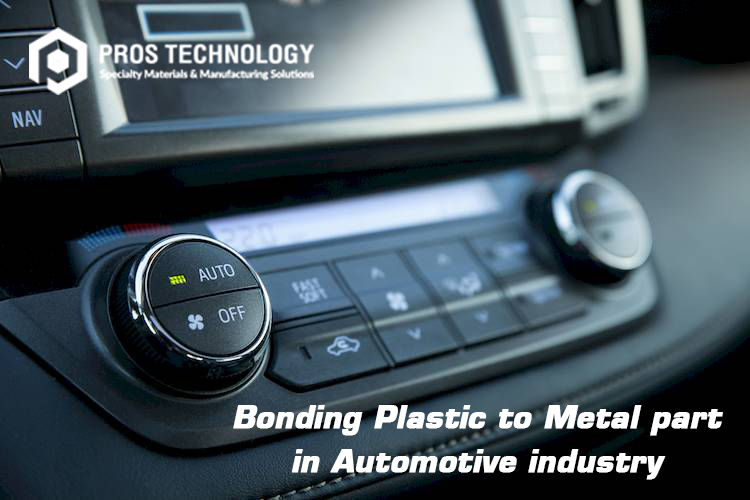
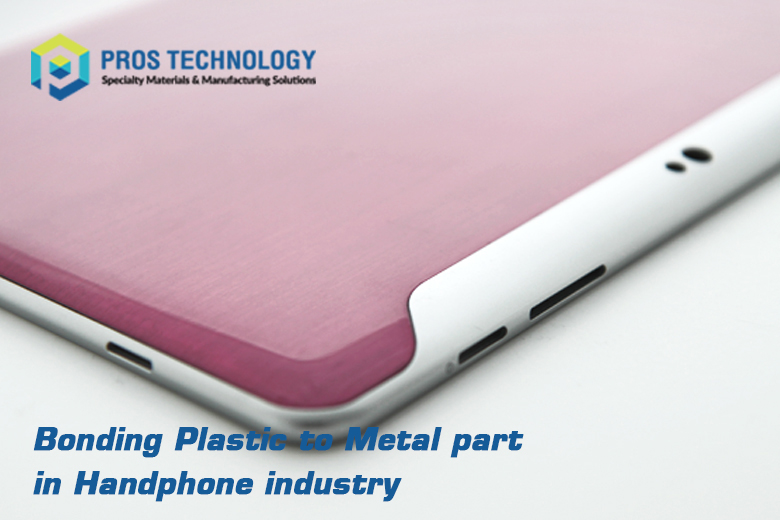
When choosing adhesive to bond plastic to metal, we need to take into consideration some aspects as following:
1. Substrate and Surface Conditions
It is necessary to define: type of plastic needs to be bonded. In case the plastic surface is polyethylene or polypropylene which is hard to bond, engineers would have no choice but to insert a surface preparation step or using our 2K Acrylic Adhesive.
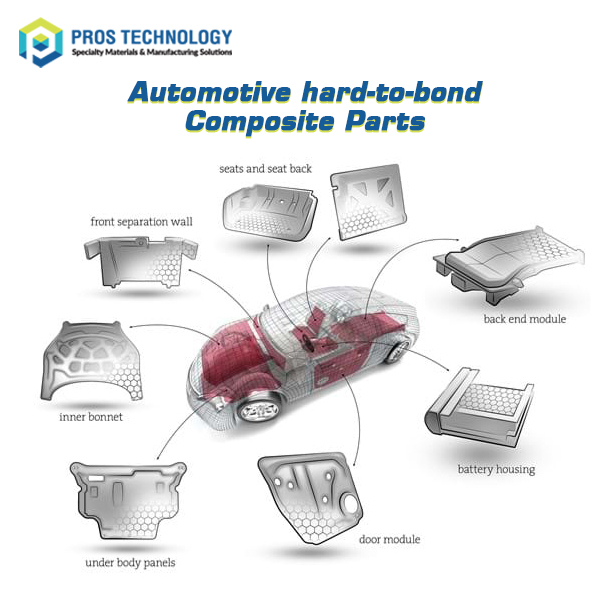
Otherwise, most plastics with high surface energy are readily bonded with a variety of adhesives that also bond well on metal.
More information about surface energy could be found here.
Metals have unique properties in terms of creating adhesion problems. Their surface can be affected by particulates, chemicals, and even oxidized layers, as well as almost invisible area scarring and pitting that, may create adhesion problems on the surface. Some alloys need treatments like abrasion and cleaning for better bonding.
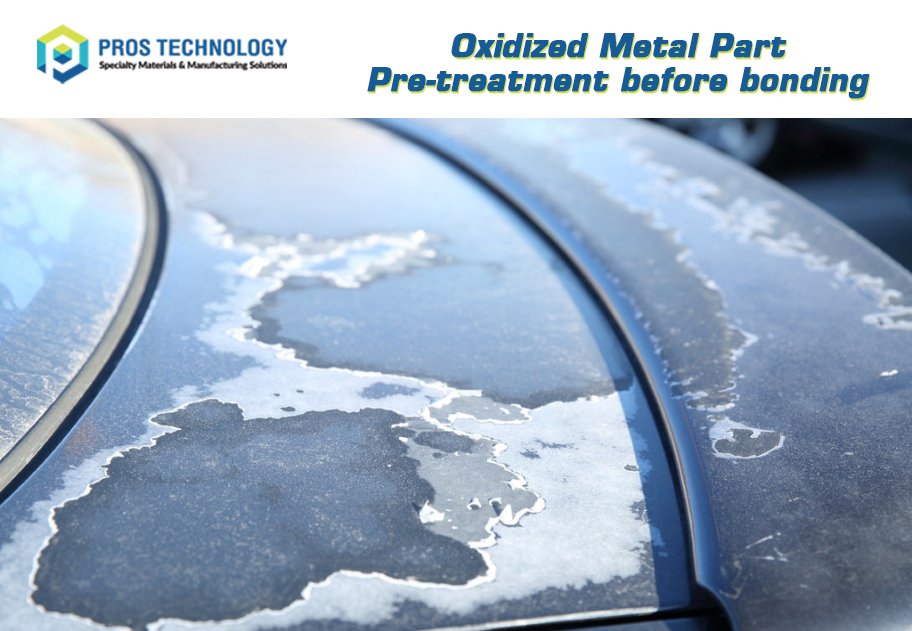
In sum, before the bonding step, engineers should determine the surface was well prepared or not. If not, please refer to our solutions about surface preparation here for more information. Otherwise, we could move to the next aspect to choose the best adhesive for plastic and metal bonding.
2. Stresses
| Tensile Strength | Shear Strength | Peel Strength | Compression Loads |
When bonding dissimilar materials, these terms placed on the joint may not be the most significants stress on the bond.
So which kind of pressure should be taken into consideration?
Every type of metal and plastic expands and contracts with temperature change at different rates. The size of the bond area, as well as the size of the parts, can create additional stresses which is more important than the mentioned strengths.
In cases where the environment temperature is expected to vary considerably, a flexible adhesive can absorb stresses from the different expansion and contraction rates.
3. Desired Process
The bonding process significantly depends on the number of adhesive components. Basically, there are two kinds of common adhesive structure that are used to bond plastic to metal:
♦ 2K structural adhesive: which would have the acrylic base (2K structural acrylics) or epoxy base (2K epoxy). In case users had their own 2K metering, mixing and dispensing system, it would be easier. Otherwise, due to bead-on-bead dispensing ability, our 2K adhesive is also easy to use without any advanced equipment.
♦ CA (cyanoacrylate) adhesive: this single component adhesive must be got used by users. It is also a good choice in some specific applications. The biggest advantage of CA adhesive is its simple dispensing process.
Please contact us for FREE CONSULTANT and determine the best fit with your applications.
Hotline: (+84) 984 695 398
Email: gluexpert@prostech.ph



